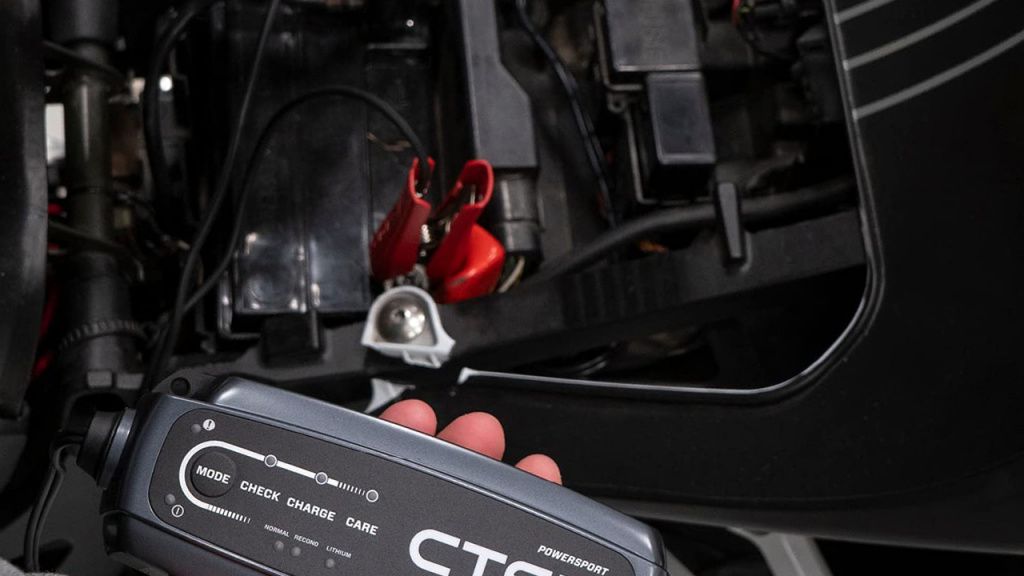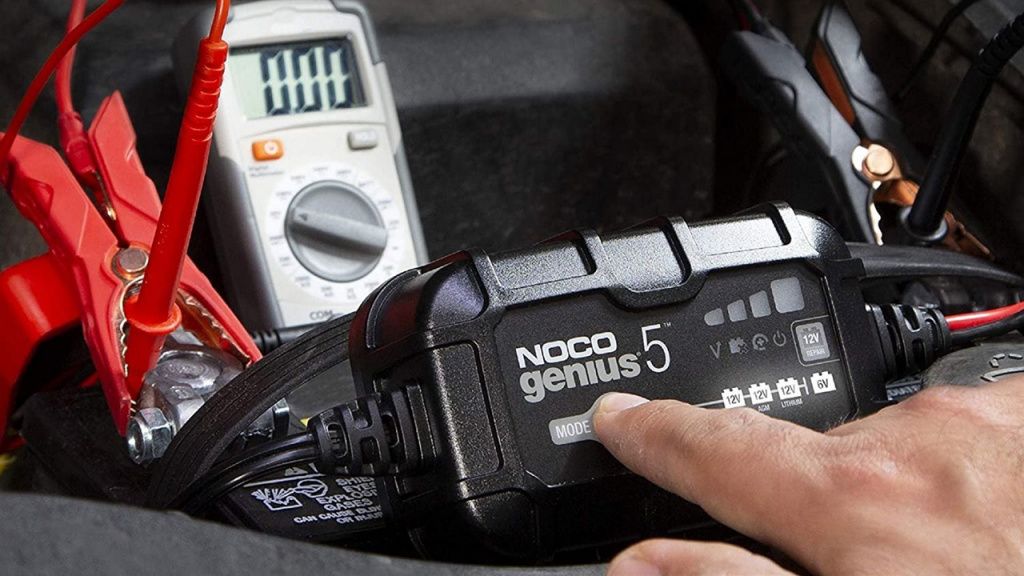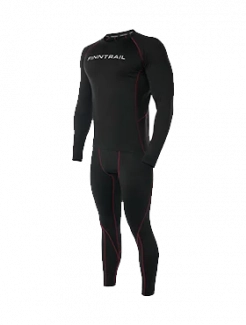How to Restore ATV Batteries
If you leave your ATV to hibernate over the winter or to languish unused for months on end, you might have some issues getting your ATV to rouse from its long slumber. In this guide, we'll learn why this happens and what to do to restore your ATV battery.

Why do ATV batteries break down?
ATV batteries that are left to discharge completely often won’t take a charge, and even if they do, they’ll not have as long a lifespan as they used to have. Extreme heat and cold are also hazardous to your battery’s well-being.
Whether you ride in extreme cold or heat, you can meet a variety of harmful factors for your health as well. Regulate your comfort with proper thermal underwear.

The way to avoid your battery’s slow death is through the use of a smart charger or trickle charger. Both of these types of charger can be set to monitor your ATV battery and keep it at full charge while you’re not using it for an extended period. This keeps the battery from discharging and maintains its health.
But what if your ATV battery dies completely? Is it possible to restore dead ATV batteries that have been completely discharged? In most cases, yes, you can use a multi-mode smart charger to bring your ATV battery back from the dead.

Restoring an ATV battery with a standard charger
Let’s say you own a battery charger that you’ve used to charge your ATV battery in the past but this time it isn’t working. This is often because the ATV battery has been completely discharged so the charger doesn’t recognize the battery is connected at all.
It is possible to trick the charger into starting its charging process on your dead battery. Your charger should be capable of outputting amps as low as 1-3, depending on your ATV battery’s specifications. Using a charger that can only output at 10A like a dedicated car charger can cause an ATV battery to overheat.
For this trick, you’ll need another charged battery and a set of jumper cables.
1. Connect up the two batteries with a jumper cable, bridging their positive terminals.
2. Connect another jumper cable to the negative terminal of the good battery and attach the other end to ground or the dead battery’s negative terminal.
3. Start up the charger.
4. Once the charging process has begun, disconnect the cable from the good battery’s positive terminal.
5. Disconnect the cable from the dead battery’s negative terminal.
6. Disconnect the cable from the good battery’s negative terminal.
7. Wait for your dead battery to fully charge and test it out.

Restoring an ATV battery with a smart charger
Many smart chargers will detect when the voltage is too low to perform a standard charge. A secondary Soft-Start mode will be used in an attempt to recover the battery.
If the Soft-Start mode is successful, the smart charger will switch to a Constant Current mode and begin charging the ATV battery as normal. If the Soft-Start mode isn’t successful, an error message will show and you’ll need to replace the battery.

Restoring an ATV battery with a desulfating battery charger
A chief cause of the early failure of ATV batteries is sulfation. Sulfation is a build-up of lead sulfate crystals that happens over a battery’s lifetime. Every time you charge or discharge a battery, sulfate forms. Overcharge, undercharge, or leave your battery to discharge for several days, and sulfate will form much more quickly.
Smart battery chargers with a desulfating feature work to break down these crystals in the battery plates. They do this by sending a range of high-frequency electronic pulses through the battery that dissolves sulfate quickly.
Desulfating battery chargers either have a specific desulfation mode to recondition a battery or simply perform desulfation during every stage of the charging process. Smart battery charger manufacturers delineate the various stages of the charging process in different ways, but you can typically expect:
1. An Initialization Mode, where the smart charger diagnoses the state the battery is in,
2. A Bulk Charge Mode, where battery voltage is applied at a constant rate until it reaches a predetermined level,
3. An Absorption Charge Mode, where the battery voltage is kept constant while the charge current amplitude drops,
4. And a Maintenance Charge Mode, where the battery is kept at a voltage slightly higher than if the battery were fully charged.
Having charged the desulfated battery completely, the battery will offer better performance and lifetime now that the desulfation has been reduced.











